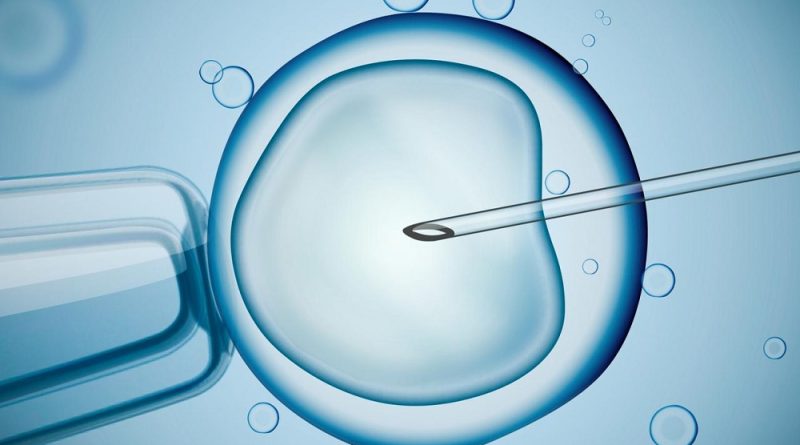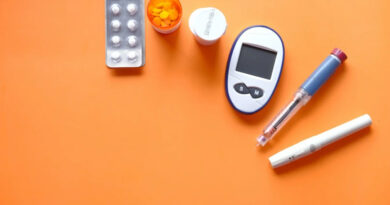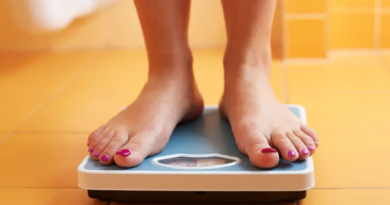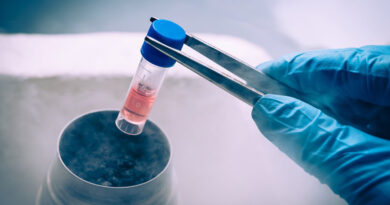The Science Behind Mitochondrial Donation: What You Need To Know
Everyone always prefers to have a healthy life. But sometimes, a few things need to be avoided or refused. Several Mitochondrial diseases lead to many different types of medical disorders. Anyone can inherit them, which means they can be transmitted. The transmission of the mitochondrial DNA, popularly known as mtDNA, from the mother to the child is rapid.
What Happens In Such Situations?
In this case, these diseases can be easily transferred from one DNA to another, especially between a child and a mother. A mitochondria’s incapacity to obtain energy from food and oxygen may result from the genetic mutation between the two. Hence, people in good condition are recommended to donate it to help the future via link.
What Is Mitochondrial Donation?
Mitochondrial donation is a type of genetic engineering. It allows women to carry genetic mutations in their mitochondria to have a biological child without passing on any modifications. This process may sound technical, but understanding and going along takes effort.
This progress is achieved using the donated healthy mitochondria from a third-party donor, with the help of the nuclear DNA from another parent or a pair of mother and father. Some people would need such donations to have a secure and bright future and a legacy for themselves. The donated ones are then inserted into the mother’s egg or a fertilized egg before fertilization occurs.
It helps the unborn child to have nuclear DNA from the mother and father once they are born. The healthy mitochondria from the donor are like a boon for people who require them.
Which Are The Main Techniques Used In Such Donations?
As known by the technical facts, there are two primary techniques for mitochondrial donations.
- Maternal Spindle Transfer, also known as MST
- Pronuclear Transfer, also known as PNT.
Both of these methods involve the removal of the nucleus. With the help of a Healthy egg, replace it with the core received from the egg of a woman with mitochondrial disease.
It is the foundation of the entire donation procedure. The resulting egg will eventually have healthy mitochondria and nuclear DNA from the donor’s egg. These eggs are fertilized with sperm to develop into an embryo. It helps improve the lives of budding parents and couples who desire to bloom their lives with a future perspective.




